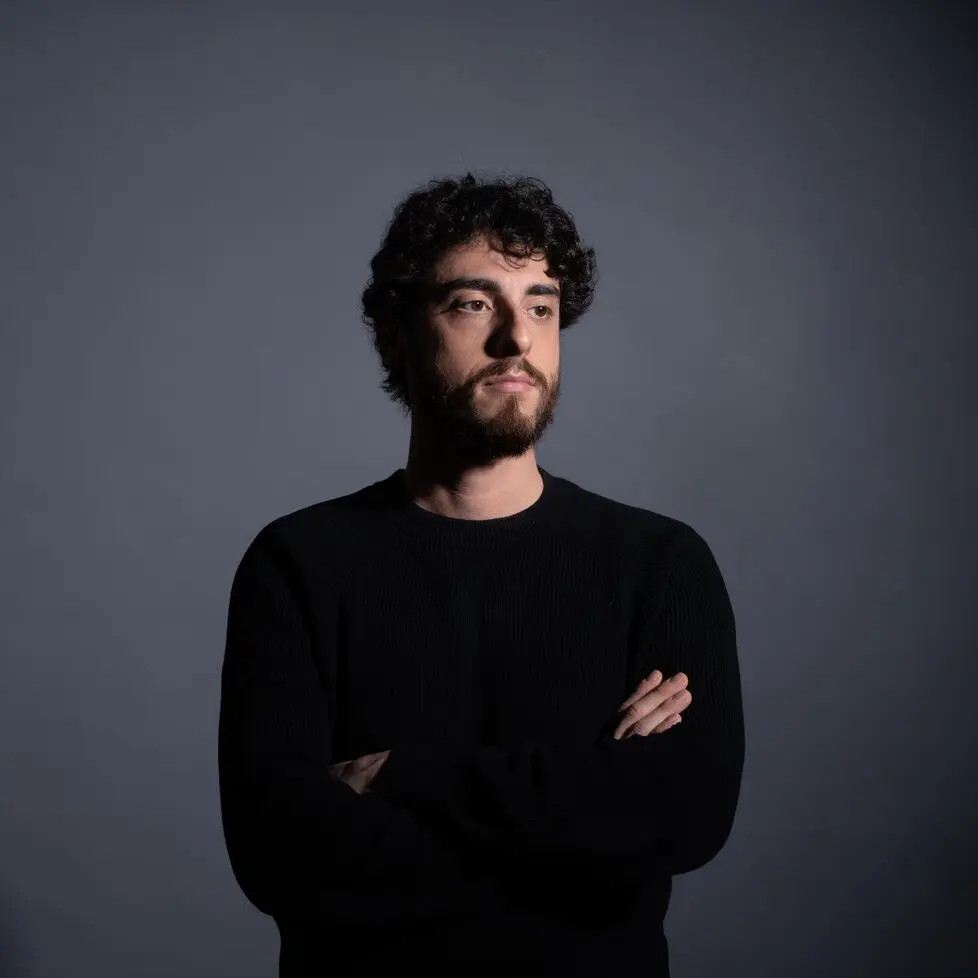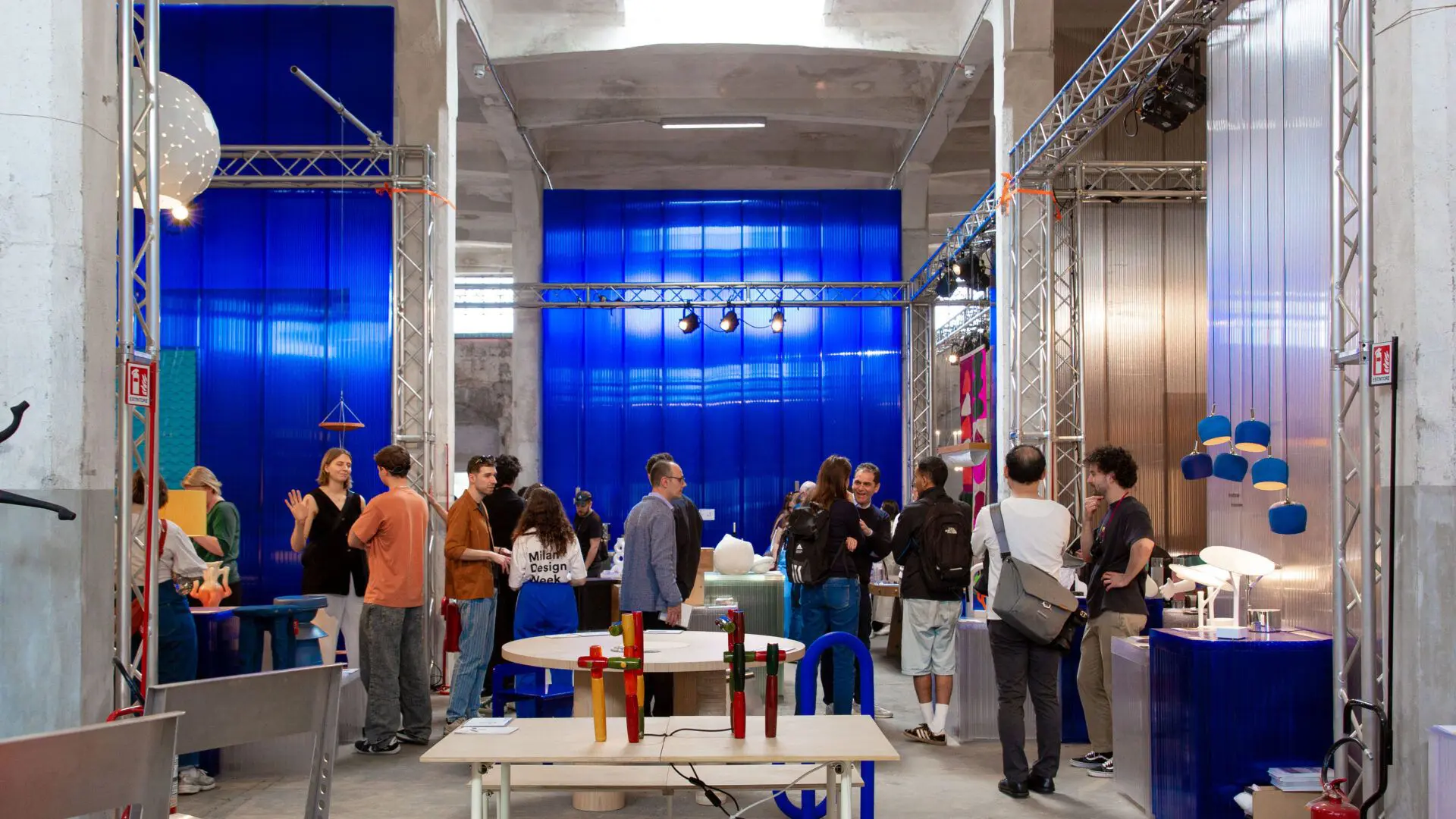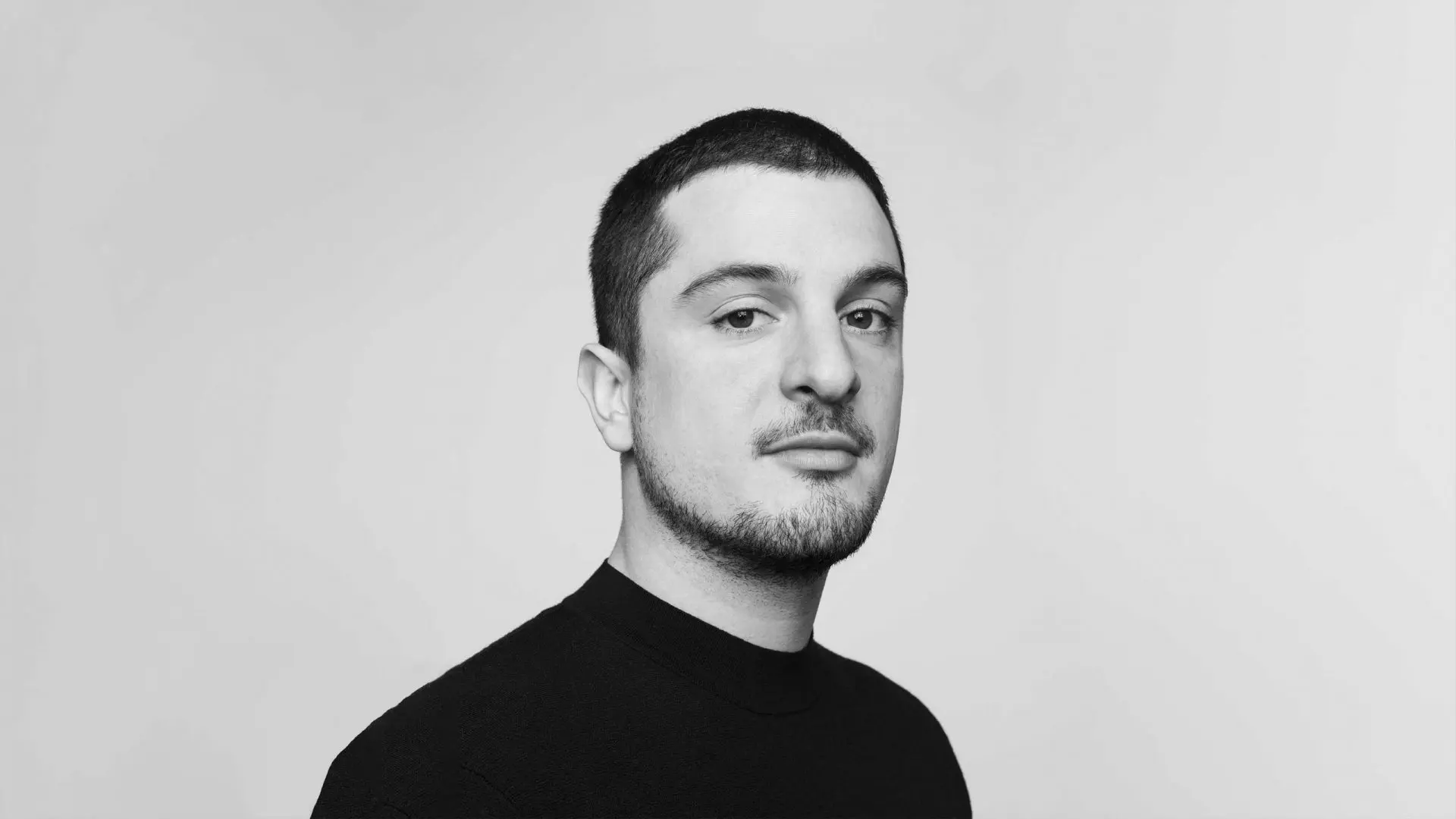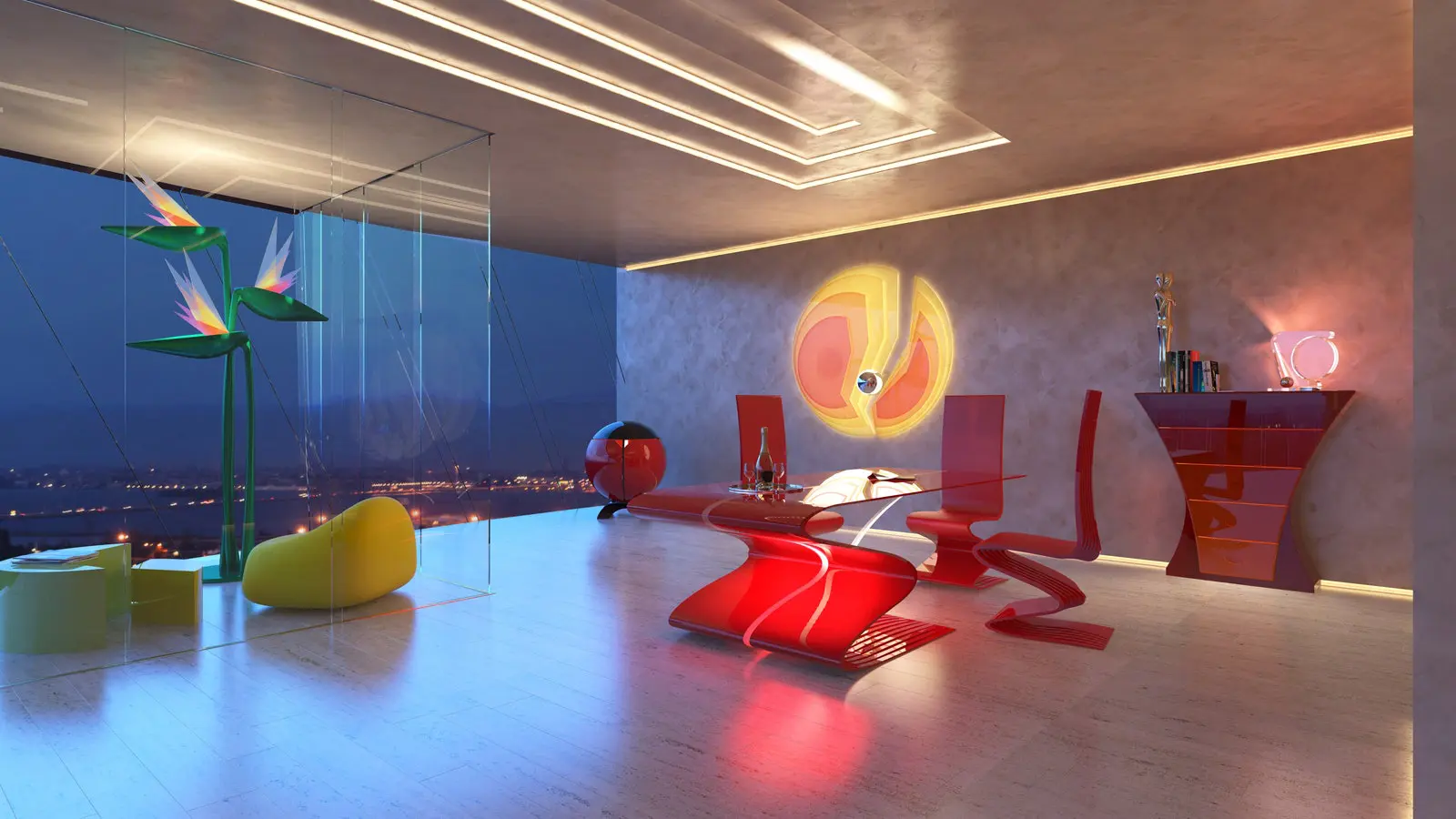Is Artificial Intelligence a meaningful tool for Industrial Designers?
To be honest, I remain uncertain about how AI can genuinely enhance the industrial design process. Therefore, I took the most logical step towards gaining clarity and forming a substantial conclusion: I dedicated time to studying the subject comprehensively.
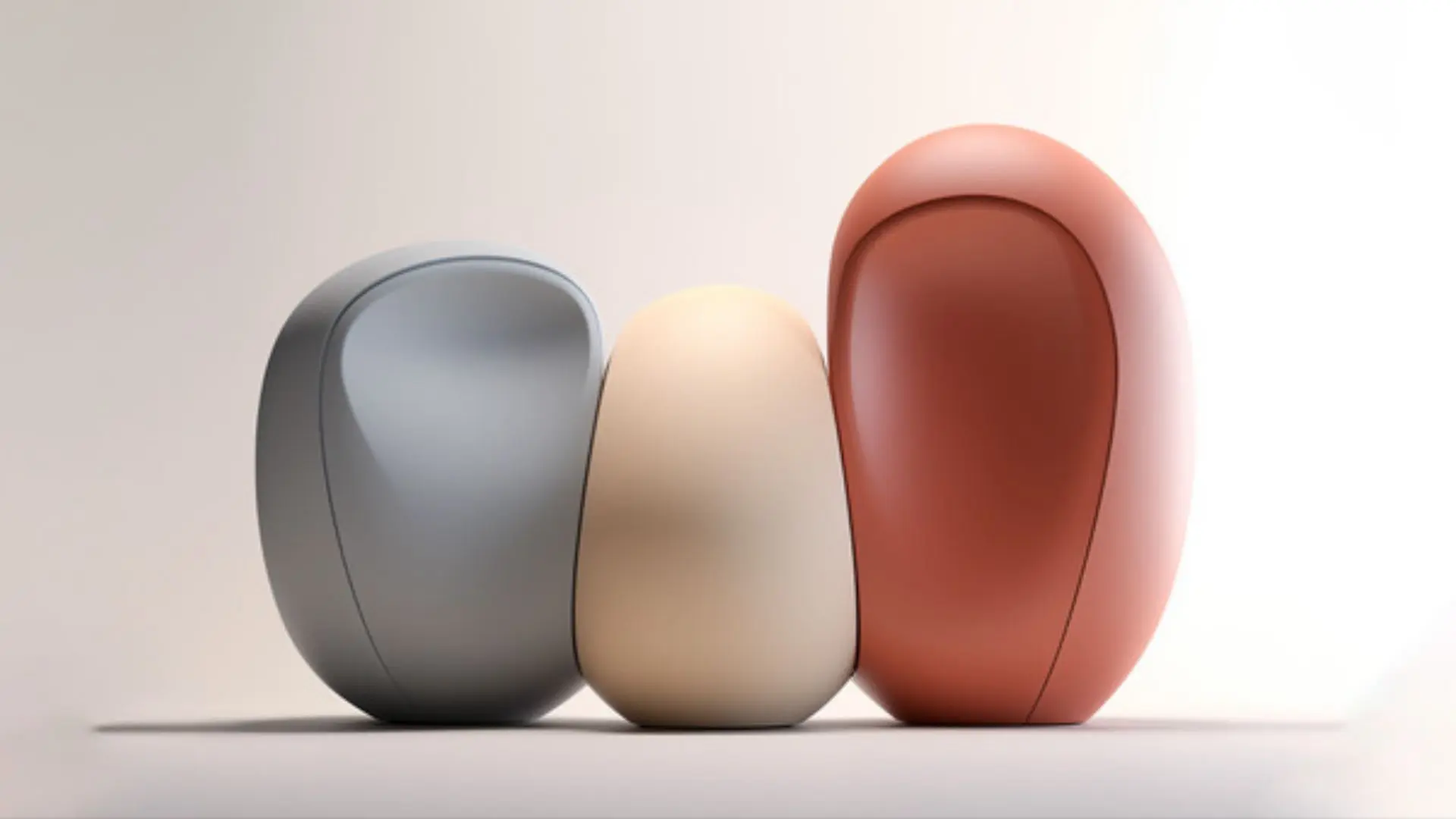
We all remember when the creativity alarm sounded: Artificial Intelligence is going to replace all the designers; we are done. Then came the gold rush—trying to understand this new incredible tool, mastering it, and becoming pioneers to conquer the world and reign in the market.
The creation of automatic text and the generation of beautiful images went crazy, but there is a catch: we can already recognize what is generated by artificial intelligence. Yes, because the way it generates things has a method and is recognizable, at least if you don’t master it enough to infuse some spice into your work. Frustration sets in when you can’t achieve the desired result, leading many to abandon the ship.

I’m sure this can’t be the right attitude. I’m quite convinced that AI tools can indeed make the job easier and faster; it’s just a bit more complicated to see where the solution lies, especially for industrial design. And I don’t mean just making better renderings; I’m talking about the creative process.
If we take a leap into the past, say the ’80s or ’90s, we used to do technical drawings and renderings by hand. Architecture studios were filled with people bent over paper for hours. The advent of CAD changed everything. Now, we spend hours in front of a computer, using software that automatically generates technical drawings from a 3D model we use for designing and rendering.

Life is much easier, but now you are required to master numerous programs to showcase and design a product, from sketch to final presentation. It’s akin to 30 years ago, but now you have a mouse and a broader spectrum to cover to be useful to the process.
Is it better or worse? It’s not my role to define it, but one thing is certain: tasks get completed much faster, allowing more time to think, test, and progress. However, things that were once in the hands of a few are now more accessible, and the result is that not everyone is doing a good job—they are just using the tools (but that is another story).

To delve deeper into the topic, I contacted one of the most relevant personalities in Artificial Intelligence for industrial design: Hector Rodriguez.
To provide some context, Hector has been in the industrial design field since 2001, serving as both an industrial designer and CEO of a company (Dayda Studio and Franco Bicycles, respectively). Therefore, we are talking about someone who understands the world of design from both agency and company perspectives. He recently initiated a new project called AxlCreative, which teaches AI to designers with a meaningful method aimed at enabling them to use it as a valuable tool for their job rather than just an image generator.

We are undoubtedly amidst one of the most revolutionary phases in a while. Hector mentioned that being around for so long has exposed him to many technical challenges since he started. For example, when he transitioned from hand-drawing to digital, it took months for his hand to regain the same confidence he had on paper. However, what he emphasizes is that what’s happening now is incomparable because it involves so many facets, signifying a revolution in terms of creativity.
With Artificial Intelligence, we must understand that there are two paths that can be navigated: production and creativity.
Regarding production, we can anticipate an easier and faster life, akin to what CAD did in the past, following the natural flow of events where things get better. However, the real spotlight is on the creativity sector.
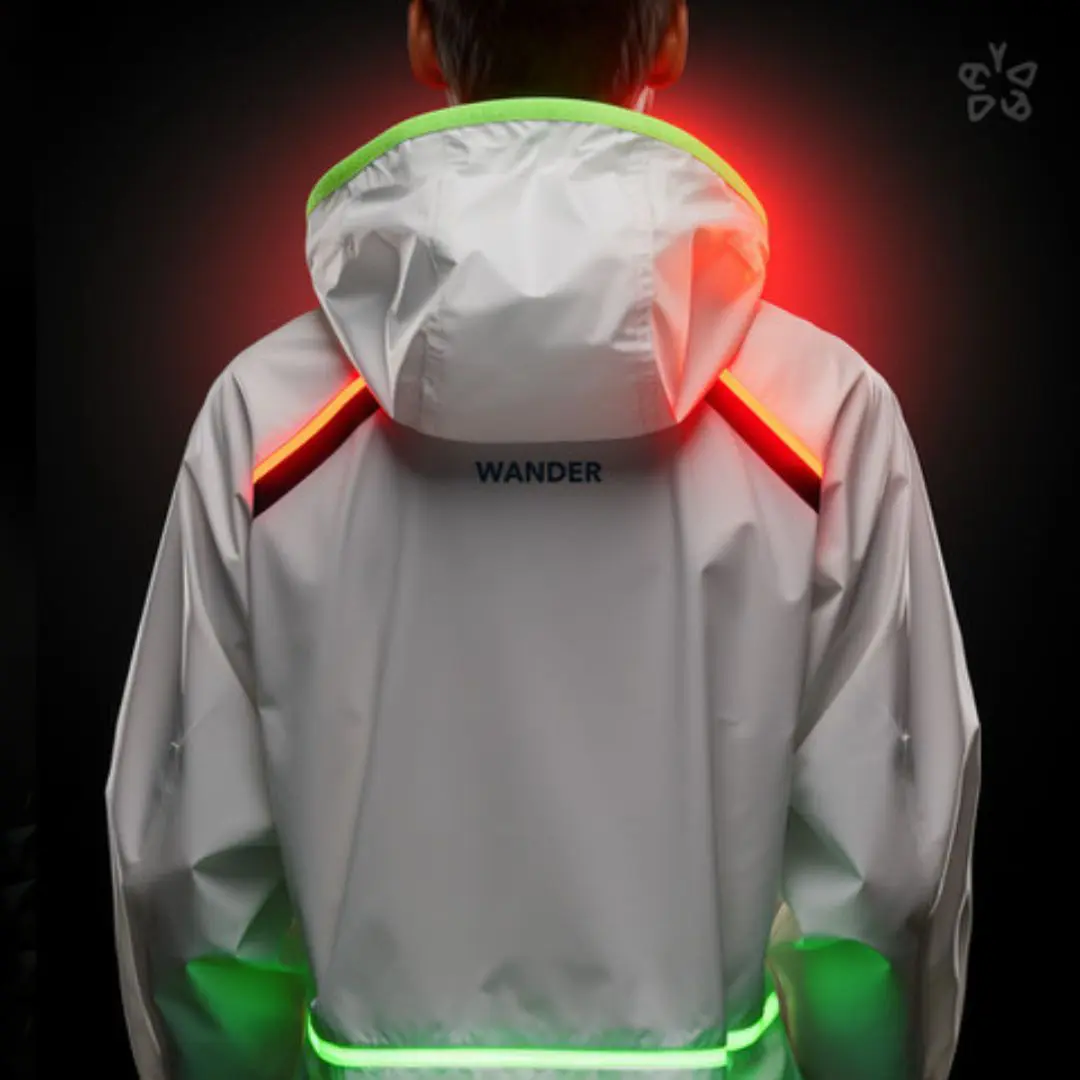
Midjourney, Dall-e, or Stable Diffusion can generate images of all kinds. The main mistake now is thinking that they can do the job for us. Requesting the design of a chair with specific characteristics might not lead us where we want to go, and it may seem like AI is not the right tool for us. But thinking this way is a mistake because, as Hector says, “we must understand the dots and the space that it generates and then connect.”
The essence is that the role of the designer remains crucial—not as a mere technician but as a thinker.
If we set the right scenario, we can genuinely receive the right input from AI and discern things we might not see by just looking at a blank wall. This should be a stimulus to make connections that aren’t immediately visible, generating inputs that the designer can manipulate to have more puzzle pieces for spotting the right solution. The orchestra is still playing with its director; there are just more instruments to manage, which may be both confusing and create new intriguing melodies.
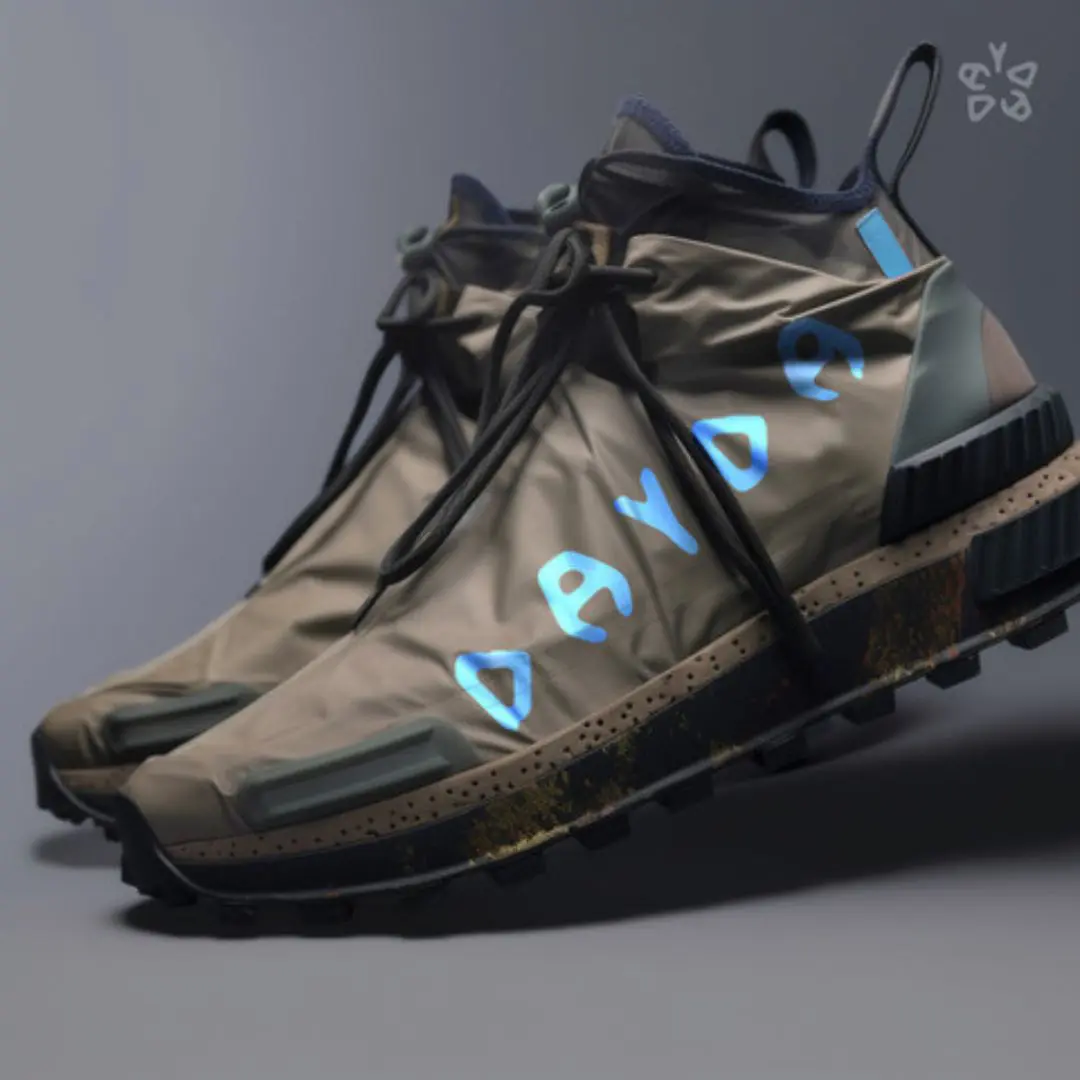
I asked Hector what he sees in the future of design.
“In the next few years I think we’ll go through a process of reevaluating every tool and workflow we currently utilize. That will require us to look inward as an industry and really understand our role as designers. Ai will likely create a situation where design is under scrutiny and we need to be prepared to present our value“.

He continued, “However, I’ve never felt more hopeful about the role design can play in business and society. Ai is a technology that requires a lot of vision and empathy to wield effectively. Both traits that designers are well suited for. In closing, I’d encourage designers and design-led organizations to set the narrative for the benefits of Ai and design. The benefits are 100% there. We just need to be proactive about communicating it, and it all starts with exploring“.

